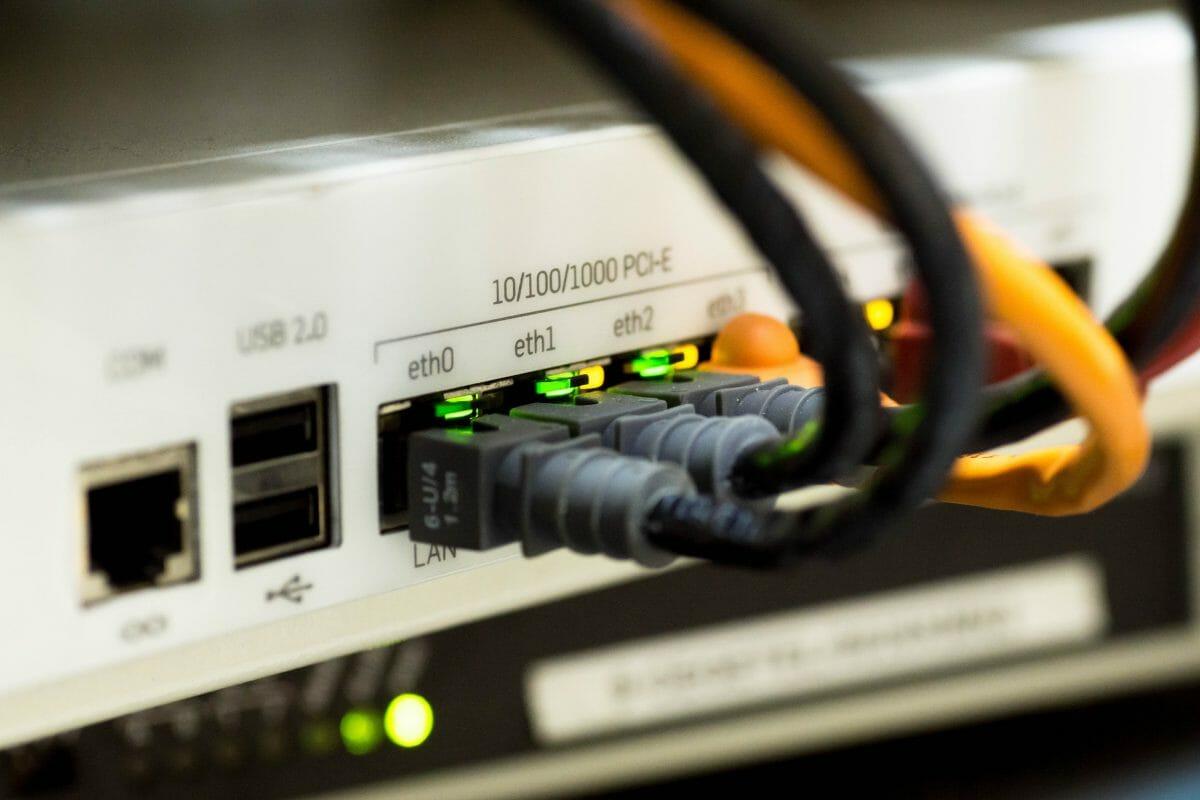Having a reliable and fast internet connection is essential for our daily lives. In this regard, MetroNet is one of the leading internet service providers that has gained popularity for its high-speed internet services.
MetroNet Internet offers a wide range of features that cater to the needs of both residential and business users. However, despite its exceptional performance, users may encounter occasional issues that require troubleshooting.
If you’re facing problems with your MetroNet Internet connection, read this post to resolve your issues. Here, we’ll go through the troubleshooting process to help you get back online quickly. So without further ado, let’s dive in!
Common Issues with MetroNet Internet with Solutions
MetroNet is a reliable internet service provider offering the best speeds and connectivity. However, like all internet connections, you may face issues with your network. But before you head to contact atención al cliente MetroNet, make sure you diagnose and fix the following common issues on your own:
1. Slow Internet Speed
One of the most common issues users face is slow internet speed. Slow speeds can hamper your online activities, leading to frustration. However, there are several steps you can take to improve your internet speed:
- Check your internet plan: Ensure you have subscribed to an appropriate internet plan that meets your needs.
- Perform a speed test: Use an online speed testing tool to measure your internet speed. If the result is significantly lower than your subscribed plan, continue troubleshooting.
- Restart your router: Power off your router, wait for a few seconds, and then power them back on. This simple step can often resolve speed-related issues.
- Check for signal interference: Keep your router away from devices that can cause interference, such as cordless phones, microwave ovens, or other electronic devices.
- Limit connected devices: Having a number of devices connected to the same network can strain your internet bandwidth. Disconnect devices that are not in use or prioritize essential devices for optimal performance.
2. Intermittent Connection
Another common issue is an intermittent connection, where the internet connection drops frequently or becomes unstable. To address this problem, follow these steps:
- Check physical connections: Ensure all cables connecting your router and internet-connected devices are securely plugged in. A loose connection can cause intermittent connectivity problems.
- Update firmware and software: Check for any available firmware or software updates for your router. Outdated firmware can lead to stability issues.
- Reset your network settings: Resetting your network settings can help resolve configuration-related problems. Consult your router manual for instructions on how to perform a reset.
- Contact MetroNet support: If the problem persists, contact MetroNet support for further assistance. They can help diagnose and resolve more complex issues.
3. Wi-Fi Connectivity Problems
Wi-Fi connectivity problems can be frustrating, especially when you cannot connect your devices to the network. Here’s how you can troubleshoot Wi-Fi issues:
- Check Wi-Fi signal strength: Ensure you’re within your router’s range. Walls, large objects, or long distances can weaken the signal. Consider repositioning your router for better coverage.
- Adjust channel settings: Wi-Fi routers operate on different channels. Switching to a less congested channel can improve the Wi-Fi signal and reduce interference.
- Secure your Wi-Fi network: Protect your network with a strong password to prevent unauthorized access. Limiting the number of connected devices can also improve Wi-Fi performance.
- Use a different router: If you’ve tried all troubleshooting steps and Wi-Fi problems persist, consider using a different router. Some routers may have compatibility issues or hardware limitations.
Final Thoughts
Troubleshooting MetroNet Internet issues can be a challenging task, but with the right steps, you can get your internet-connected devices up and running. As a result, you can enjoy a seamless online experience. Follow the aforementioned step-by-step troubleshooting process to identify and resolve common problems such as slow speeds, connectivity issues, or intermittent outages.
Remember to start with basic troubleshooting techniques like rebooting your devices and checking physical connections, and then proceed to more advanced solutions like resetting your router or contacting MetroNet’s customer support.
FAQs
1. How can I check my MetroNet Internet speed?
You can check your MetroNet Internet speed by performing an internet speed test using reliable online tools such as Ookla Speedtest or Fast.com.
2. What should I do if my MetroNet Internet connection is slow?
If your MetroNet Internet connection is slow, try restarting your router, checking physical connections, updating firmware and software, and optimizing your network settings. If the issue persists, contact MetroNet support for further assistance.
3. Can I use my own router with MetroNet Internet?
Yes, you can use your own router with MetroNet Internet. Ensure that your router is compatible with MetroNet’s service and follow the instructions provided by MetroNet for setup and configuration.
4. Why is my Wi-Fi signal weak with MetroNet Internet?
A weak Wi-Fi signal with MetroNet Internet can be due to distance from the router, physical obstructions, or interference from other devices. Repositioning the router, using Wi-Fi signal boosters, or adjusting channel settings can help improve signal strength.
How can I secure my MetroNet Wi-Fi network?
To secure your MetroNet Wi-Fi network, set a strong, unique password, enable network encryption (such as WPA2), and disable guest networks if not needed.


